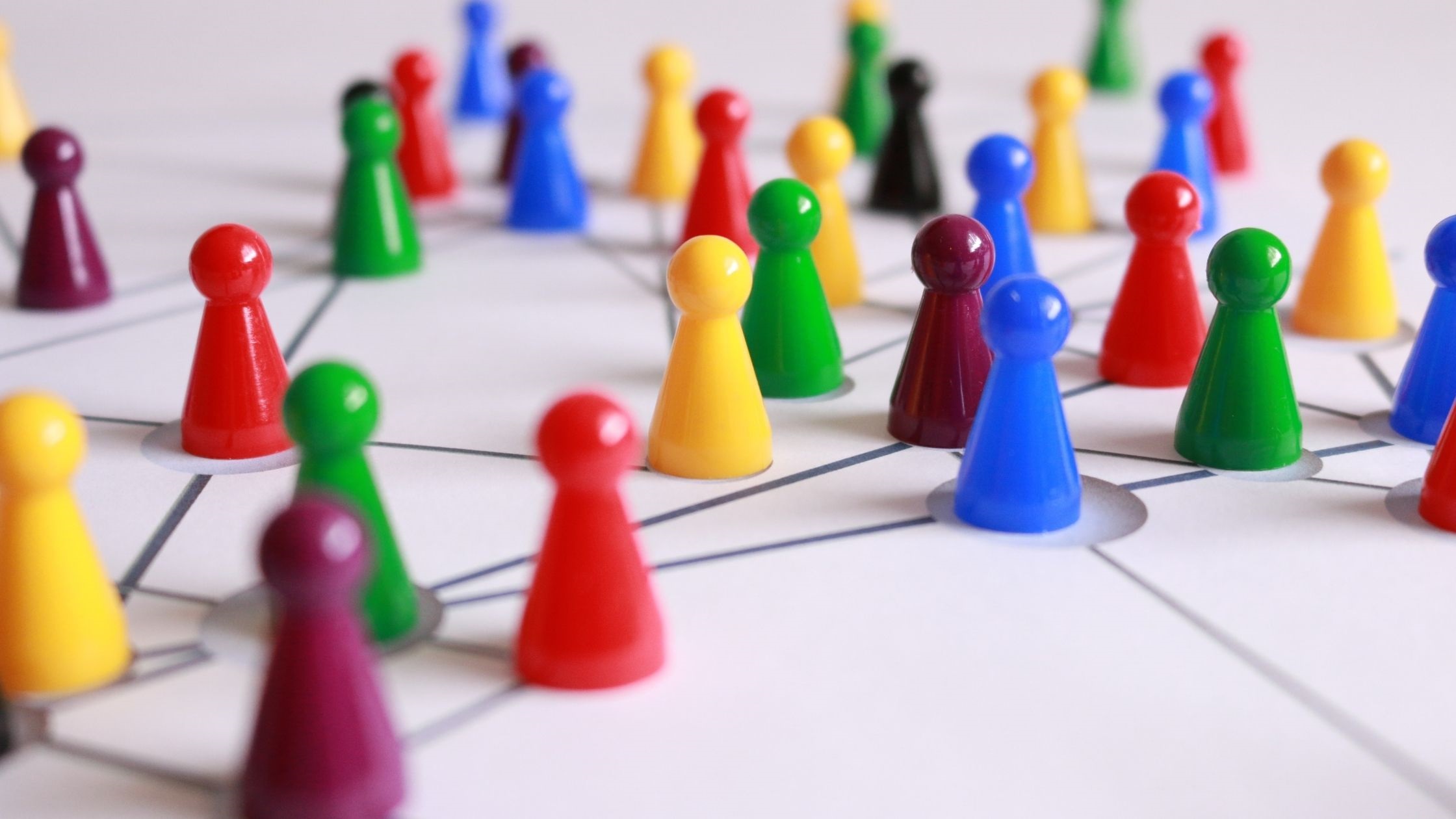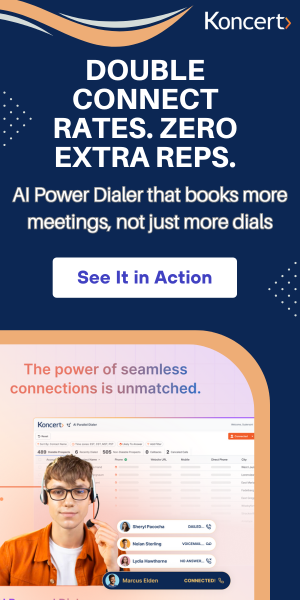4 min read
The Science Behind Gamification in the Workplace And Why It Works
By: Matt Stanton on Oct 25, 2017 9:30:00 AM

More popular than ever before, gamification in the workplace is a growing trend that's being used to improve our working environments. By using elements normally found in games, employers can help improve work performances, increase motivation, and drive up job satisfaction.
But, why does gamification work? Let's dig into the science behind it to understand gamification in greater detail.
Gamification Equals Motivation
A key benefit of gamification in the workplace is the ability to increase a person's motivation through actions.
Studies found that the biggest indicator or motivation is dopamine. In a study comparing "slackers" and "go-getters," it found the "go-getters" had higher releases of dopamine when completing their assigned tasks. The presence of dopamine shows us the level of a person's motivation toward completing the task at hand.
Studies have also proven dopamine is associated with reward motivation through experiments using rats. Basically, both rats and "go-getters" are subconsciously seeking that gratifying surge of dopamine. The desired outcome fuels their motivation.
"Slackers", or those who don't have a high surge of dopamine when they complete a task, need to re-wire their brains. Setting personal and professional goals that are attainable is a positive first step. A person who is in sales, for example, could aspire to setting a certain number of appointments in a month. Games drive goal-setting and increase our dopamine in direct proportion to our work successes.
What are the benefits of gamification?
According to TeachThought, there are three psychological needs that humans have that gaming satisfies:
- Competence. Everyone desires to master something, or at the very least be good at a certain task or hobby. Games allow us to feel this. Ideally, we set, reach, and finally surpass goals defined for us. Turning what was previously only viewed as work into a game gives us a new way to measure our success. It removes the mentality of a “daily grind,” and instead we can look at these tasks as a challenge. However, it’s important to remember that we must adjust our goals periodically, increasing the difficulty so the goals remain rewarding.
- Autonomy. Humans crave independence. It's invaluable for individuals to set goals that are completely their own. Feeling in control and self-sufficient is positive. This also fosters accountability for our actions and pride in our work.
- Relatedness. It's in our DNA to crave being part of something bigger than ourselves. We like to feel that our actions contribute to a larger plan. This desire is a vital reason why workplace gamification positively impacts employee performance. Leaderboards aren't simply about who is winning, but more about seeing how everyone is contributing. You, of course, can also see where your efforts fall into the mix, and it's icing on the cake when your name is at the top of the pack!
What types of games appeal to us?
A video game research study from 2016 shed light on games and how they motivate us:
- Competition. One example of gamification at work shows how employees compare with other members of their team. This type of game, according to the survey, is more motivating to male team members.
- Completion. Gamification build around finishing a task within a time period and closing out projects is another way to increase motivation in the workplace. This is shown to be more effective with female employees.
How do we stay motivated?
Employees, and people in general, may experience periods of high motivation. However, the pressure of a heavy workload, personal issues, or just feeling distracted might sap the motivation out of us.
Make motivation a habit.
According to James Clear, we need to make motivation a habit. One of the most successful ways of accomplishing this it to have outside reinforcement. Gamification science achieves this by regularly prompting participants to complete their goals.
Receive real-time feedback.
Gamification allows employees to see where they are stacking up in regards to their goals, as well as how their performance compares to their peers. Transparency like this fuels motivation and drives us to achieve our goals.
Reach for attainable goals.
When people are close to completing a goal, their motivation becomes about falling short instead of holding onto the initial drive to complete project or reach the deadline. Employees need to have goals that are SMART: Specific, Measurable, Agreed upon, Realistic, Time-based. Creating realistic goals with a clear path of how to attain them, sets employees up for success. This also creates more enthusiastic workers, who will go above-and-beyond in their usual duties because they don’t want to let themselves down as well as those around them. Once they have an attainable goal in sight, they won’t want to fall short.
Driving productivity will always be challenging. Gamification in the workplace is a vital tool in molding employees who value meeting and exceeding goals. TopRung is a professional gamification platform that can set your team up to crush their goals and elevate performance.
Related Posts
8 min read
What’s the Best Dialer for Cold Calling? Real Insights Backed by 20M+ Calls
Nov 24, 2025 by Koncert Marketing
13 min read
Stop Wasting Dials: How Ultra-Low Latency AI Dialing & Real-Time Data Enrichment Deliver 10X Connect Rates
Oct 30, 2025 by Koncert Marketing


